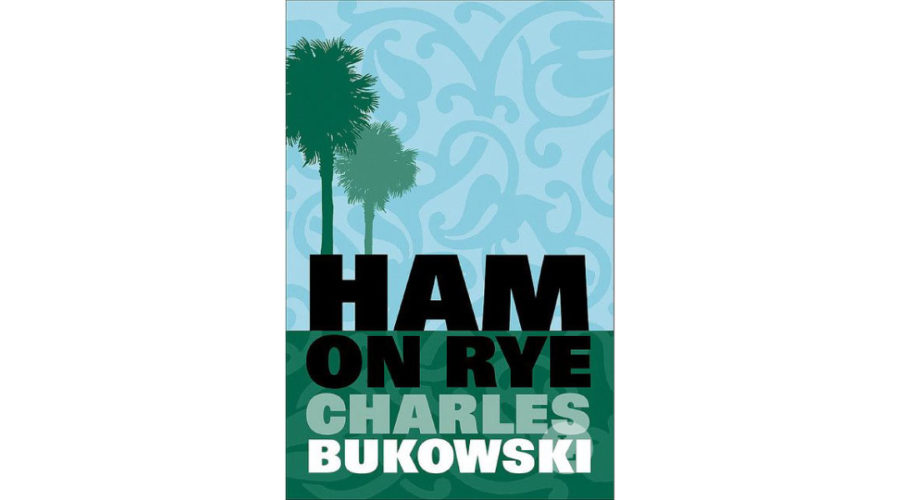Ham on Rye is a semi-autobiographical novel by Charles Bukowski, published in 1982. The novel is a coming-of-age story that follows the protagonist Henry Chinaski, a thinly-veiled version of Bukowski himself, as he navigates his troubled childhood and adolescence in …
Charles Bukowski: Ham on Rye


